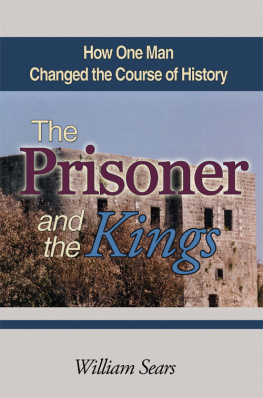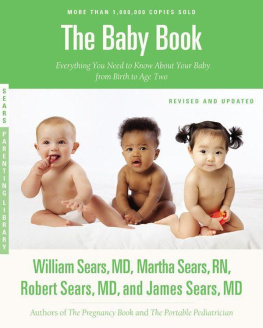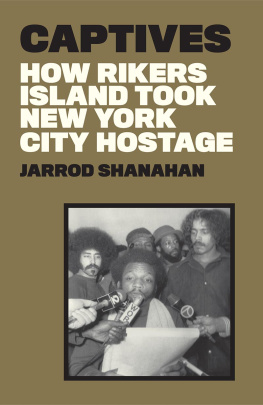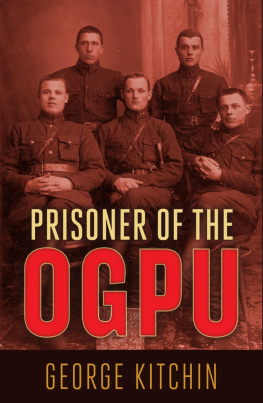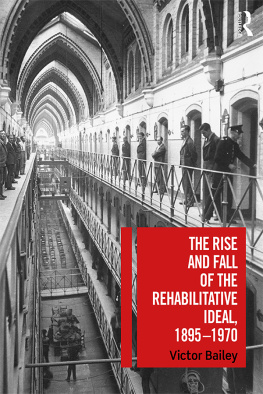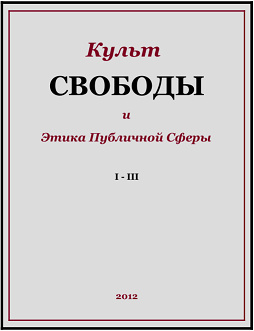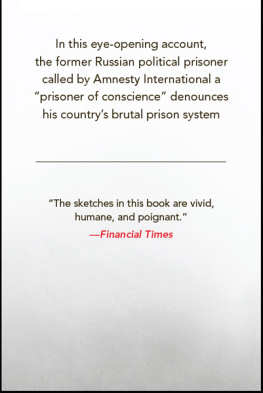The
Prisoner
and the
Kings
How One Man
Changed the Course of History
by
William Sears

Wilmette, Illinois
Copyright 2007 by the National Spiritual Assembly of the Bahs of the United States. All rights reserved.
The first edition of The Prisoner and the Kings was issued in 1971 by General Publishing Company Limited, Toronto. The revised second edition was published in 2007 by Bah Publishing, 415 Linden Avenue, Wilmette, Illinois 60091-2844.
Printed in the United States of America on acid-free paper
10 09 08 07 4 3 2 1
ISBN 10: 1-931847-41-X
ISBN 13: 978-1-931847-41-4
Library of Congress Cataloging-in-Publication Data
Sears, William.
The prisoner and the kings: how one man changed the course of history / by William Sears. Rev. 2nd ed.
p. cm.
Includes bibliographical references (p. ) and index.
ISBN-13: 978-1-931847-41-4 (alk. paper)
ISBN-10: 1-931847-41-X (alk. paper)
ISBN: 978-1-618510-62-4 (ebook)
1. Bahullh, 18171892.2. Prophecies. I. Title.
BP392.S35 2007
297.93092dc22
2006051749
Cover and book design by Suni D. Hannan
PREFACE TO THE FIRST EDITION
I have no doubt that someday soon talented and trained historians will record everything associated with the unique story told in these pages. The present author is not a historian. He makes no pretense of having set down a detailed or definitive historical picture of this turbulent period.
Yet, so powerful was the impact of these events upon me when I first encountered them that I felt impelled to share as much as lay within my power, however inadequate the attempt. I have outlined only a few of the more arresting themes running through the whole remarkable drama.
Future historians will properly evaluate these events, and will undoubtedly recognize in this story some of the chief motivations for many of the revolutionary changes that have taken place in the world since the middle of the nineteenth century.
William Sears
Cherokee Smoke
Palm Springs, California
November 12, 1969
PREFACE TO THE SECOND EDITION
The Prisoner and the Kings offers a compelling look at the collapse of kingdoms and empires by juxtaposing commonly known history against the lesser-known story of the life of Bahullh and His addresses to those kings and rulers that warned of their undoing. Bahullh, the Prophet-Founder of the Bah Faith, was a prisoner of the Ottoman Empire for most of His life. His bold pronouncements to the leaders of some of the worlds mightiest nations might be surprising considering his status as a prisoner, but there is no doubt that the fates of these rulers followed the course that Bahullh predicted for them.
The author, William Sears, was renowned during his life as a storyteller, and this book is written in his distinct, informal style. He did not intend it as a scholarly investigation of history, but rather as a brief and exciting glimpse into the dramatic parallels between the fate of monarchs and that of one whose life and teachings would come to change the world.
As Mr. Sears explained, future trained historians will shed more light on the events related in this book, but it was his excitement and enthusiasm for this epic story that compelled him. In composing this narrative, he drew on a variety of historical sources, including primary texts and Bahullhs own writings. Endnotes are included for many of the references, though in some cases Mr. Sears included quotations ascribed to individuals that are meant to represent an impression of their thoughts and sayings, but are not direct quotes.
Thirty-five years after its initial publication in 1971, the story of The Prisoner and the Kings remains engaging and relevant. In preparation for this new edition, the book has undergone some additional editing, and has been updated to reflect changes and growth in the Bah community.
Of particular interest is the fact that many of the translations of Bahullhs writings that are included in this book were available only as extracts at the time of the books initial publication. However, the recently published compilation The Summons of the Lord of Hosts contains not only full translations of Bahullhs direct addresses to rulers such as Napoleon III and Pope Pius IX, but also the Sriy-i-Mulk (Tablet to the Kings), which deals with Bahullhs teachings on the necessities of kingship and the requirements of just rule. The Prisoner and the Kings serves as a complement to those original texts, and certainly anyone interested in the history that this book recounts will want to look to those writings, in addition to the available historical accounts.
A short note on the system of transliteration of Persian and Arabic names is also due, since the system used in this book differs from some others in its use of accents ( and ) instead of overline ( and ), along with a few other differences. The names of individuals and some locations were transliterated following this style, for example ihrn and Niriirid-Dn Sh h are used in place of the perhaps more familiar Tehran and Nasiruddin Shah.
Mr. Searss widow, Marguerite Reimer Sears, oversaw the preparation of this new edition, but sadly passed away shortly before work completed. She wished to express her gratitude to those who assisted her: Enayat Rohani for arranging the scan of the original book so it could be revised; Bill Barnes and Shirley Macias, who offered additional editing and revision; and Lorana Kerfoot, who proofread the revised book before it was passed to Bah Publishing for publication.
PROLOGUE
The Prisoner and the Kings tells the story of the greatest mystery of modern times. Between 1867 and 1873 a solitary prisoner in a Turkish penal colony wrote a series of letters to the kings and emperors of the day that predicted with amazing accuracy the course of modern history: the fall of nations, the overthrow of individual monarchs, the decline of religious institutions, the rise of world communism, the birth of the State of Israel, and the threat of nuclear contamination.
The Prisoner was Bahullh, one of the most remarkable figures in this or any age. What was the secret behind this handful of amazing communications? What was the source of the Prisoners knowledge? And what did the letters have to say about us and our future?
The
Prisoner
and the
Kings
1

THE ASSASSINS
Panic in the streets!
The Assassins
The uniform of Kaiser William I was splendor itself. His shining helmet glistened like a second sun as the royal carriage rolled majestically along the tree-lined avenues of Berlin.

